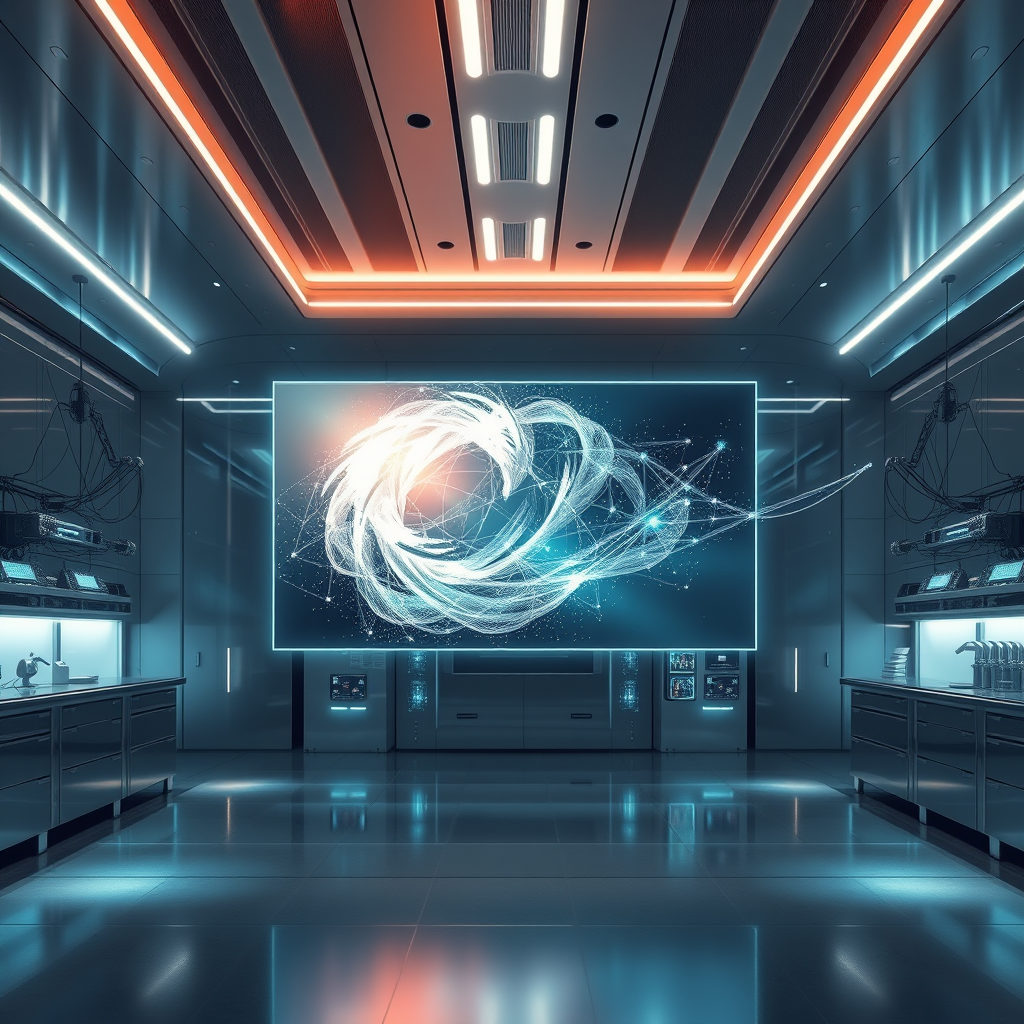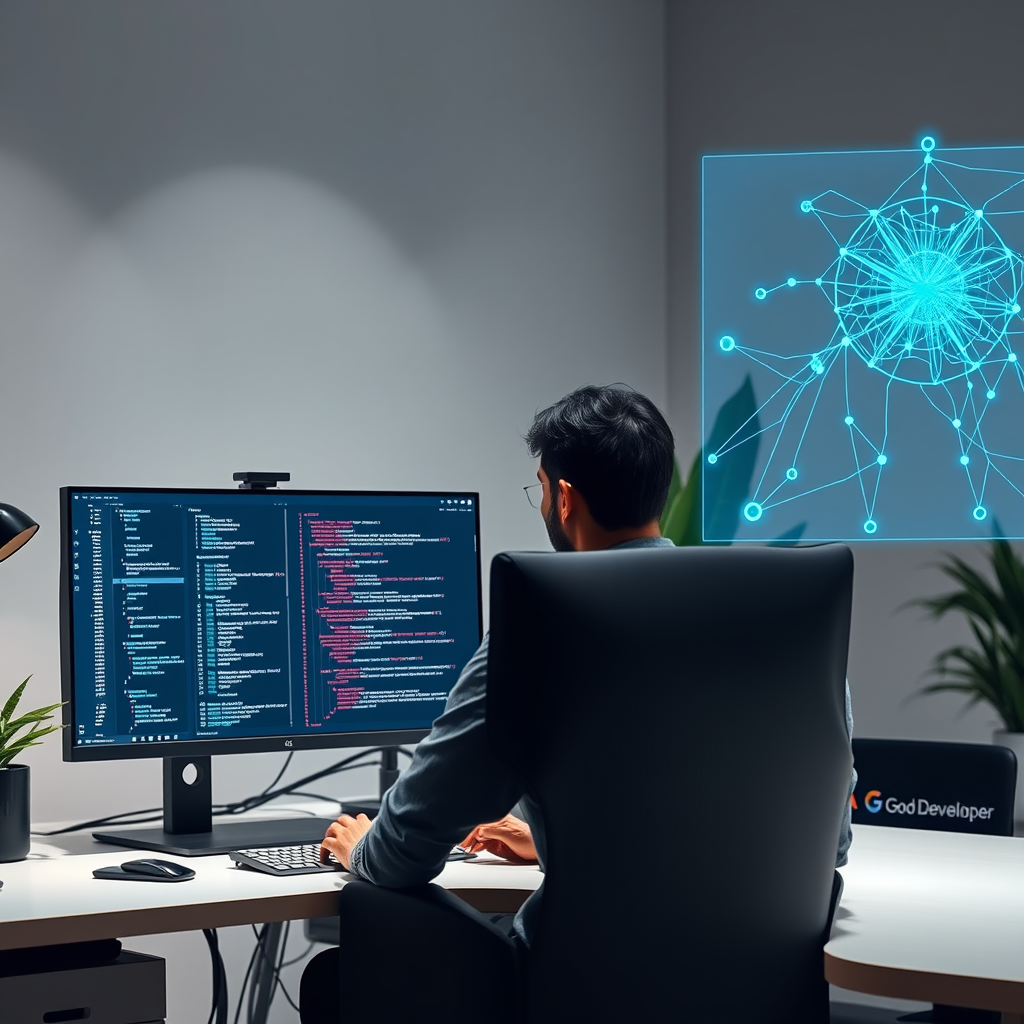Introduction
The dream of a machine that can write a novel, compose a symphony, or paint a masterpiece has long captivated technologists and artists alike. Yet, when the medium is motion picture, the ambition becomes far more complex. A feature‑length film is not simply a sequence of frames; it is a tightly choreographed tapestry of narrative beats, visual motifs, pacing rhythms, and emotional arcs that must remain consistent across dozens of scenes. Traditional video editing tools rely on human creativity and meticulous post‑production work to weave these elements together. The question that has recently taken center stage in the AI research community is whether a generative model can now produce an entire, coherent, multi‑shot video narrative from scratch, without the need for frame‑by‑frame manual intervention.
Enter HoloCine, a novel framework that claims to bridge the gap between high‑level storytelling and low‑level visual synthesis. By integrating a holistic representation of cinematic structure with advanced generative models, HoloCine proposes a pipeline that can generate long‑form videos that maintain narrative continuity, visual coherence, and stylistic consistency. The implications of such a breakthrough are profound: from democratizing film production to enabling new forms of interactive media, the ability to automatically generate a full cinematic experience could reshape the creative industries.
In this post we unpack the technical innovations behind HoloCine, examine how it tackles the inherent challenges of long‑form video generation, and explore what this means for the future of AI‑driven storytelling.
Main Content
The Challenge of Long‑Form Video Generation
Generating a single video clip that lasts a few seconds is already a formidable task; scaling that to feature‑length narratives multiplies the difficulty by orders of magnitude. A primary obstacle is the need for temporal coherence: each frame must not only look realistic but also fit seamlessly into a continuous storyline. When a model is trained on short clips, it learns local patterns—how a character’s mouth moves or how a camera pans—but it has no sense of overarching plot or thematic development. Without a global narrative scaffold, the output quickly devolves into a montage of disjointed scenes.
Another hurdle is the sheer dimensionality of video data. A 30‑minute film at 30 frames per second contains 54,000 individual frames, each with millions of pixels. Training a model to handle such volume requires massive computational resources and a dataset that captures the diversity of cinematic styles. Moreover, the model must be able to remember and reference earlier scenes when it produces later ones, a capability that is difficult to encode in standard recurrent or transformer architectures.
HoloCine’s Holistic Framework
HoloCine addresses these challenges by introducing a two‑stage, hierarchical approach that mirrors the way human directors plan a film. The first stage, called the story blueprint phase, generates a high‑level narrative plan that includes scene descriptions, character arcs, emotional beats, and pacing cues. This blueprint is represented as a structured graph where nodes correspond to scenes and edges encode causal relationships and temporal dependencies. By operating at this abstract level, the model can reason about long‑term coherence without being bogged down by pixel‑level details.
In the second stage, the visual synthesis phase takes the blueprint and translates it into a sequence of video frames. Here, HoloCine leverages a diffusion‑based generative model that has been fine‑tuned on a curated dataset of cinematic footage. Crucially, the model is conditioned not only on the immediate scene description but also on the entire preceding narrative context. This conditioning is achieved through a memory‑augmented attention mechanism that allows the model to retrieve relevant visual motifs from earlier scenes, ensuring that recurring elements—such as a character’s distinctive costume or a recurring color palette—are preserved throughout the film.
Technical Innovations
One of the key technical contributions of HoloCine is its temporal memory module. Traditional transformer models suffer from quadratic memory growth with sequence length, making them impractical for long videos. HoloCine circumvents this by compressing past frames into a compact latent representation that can be queried efficiently. This latent memory acts as a visual sketchbook, enabling the model to recall how a character looked in a previous scene or how a particular lighting setup was achieved, and to apply that knowledge consistently.
Another innovation is the scene‑level conditioning encoder. Unlike pixel‑level conditioning, which forces the model to learn from scratch how to interpret textual descriptions, the encoder transforms scene descriptions into a semantic embedding that captures narrative intent. By aligning these embeddings with the visual latent space, the model can generate frames that faithfully reflect the intended mood, genre, and pacing specified in the blueprint.
The training regimen also incorporates a hierarchical loss function that penalizes inconsistencies at multiple scales. At the frame level, the loss ensures photorealism and temporal smoothness. At the scene level, it enforces coherence in camera motion and lighting continuity. At the narrative level, it rewards adherence to the planned emotional arc and plot progression. This multi‑tiered supervision guides the model toward producing videos that are not only visually convincing but also narratively satisfying.
Implications for Storytelling
If HoloCine’s approach proves scalable and robust, it could lower the barrier to entry for aspiring filmmakers. A single line of text could, in theory, generate a complete short film, complete with dialogue, camera angles, and sound design. This democratization of content creation would enable voices that have traditionally struggled to access expensive production pipelines to tell their stories.
Beyond democratization, the technology opens new avenues for interactive media. Imagine a game where the narrative adapts in real time to player choices, with the AI generating new scenes on the fly that remain consistent with the established world. Or consider a virtual reality experience where the environment evolves dynamically, guided by a generative model that understands the user’s emotional state.
Future Directions
While HoloCine represents a significant leap, several challenges remain. The current system still relies on a curated dataset of existing films, which may bias the generated content toward conventional storytelling tropes. Expanding the training corpus to include diverse cultural narratives could mitigate this issue. Additionally, integrating audio generation—dialogue, sound effects, and music—into the same pipeline remains an open problem. Finally, ensuring that the generated content respects intellectual property constraints will be essential for real‑world deployment.
Conclusion
HoloCine’s holistic approach to long‑form video generation marks a watershed moment in AI research. By marrying high‑level narrative planning with low‑level visual synthesis, the framework tackles the twin challenges of temporal coherence and visual consistency that have long stymied generative models. The result is a system that can produce feature‑length videos that feel like they were crafted by a human director, complete with a coherent plot, consistent characters, and a unified visual style.
The potential applications are vast: from empowering independent creators to enabling adaptive storytelling in games and immersive media. Yet, as with any powerful technology, careful consideration of ethical, legal, and cultural implications will be crucial. As the field moves forward, HoloCine provides a compelling blueprint for how AI can collaborate with human imagination to push the boundaries of what is possible in cinematic storytelling.
Call to Action
If you’re a filmmaker, a game designer, or simply fascinated by the intersection of art and AI, we invite you to explore HoloCine’s research papers and open‑source tools. Experiment with generating your own short narratives, and share your results with the community. By contributing feedback, you help refine the model’s capabilities and push the envelope of automated storytelling. Join the conversation on GitHub, attend upcoming workshops, and stay tuned for future updates that will bring us closer to a world where any story can be brought to life with just a few lines of text.

